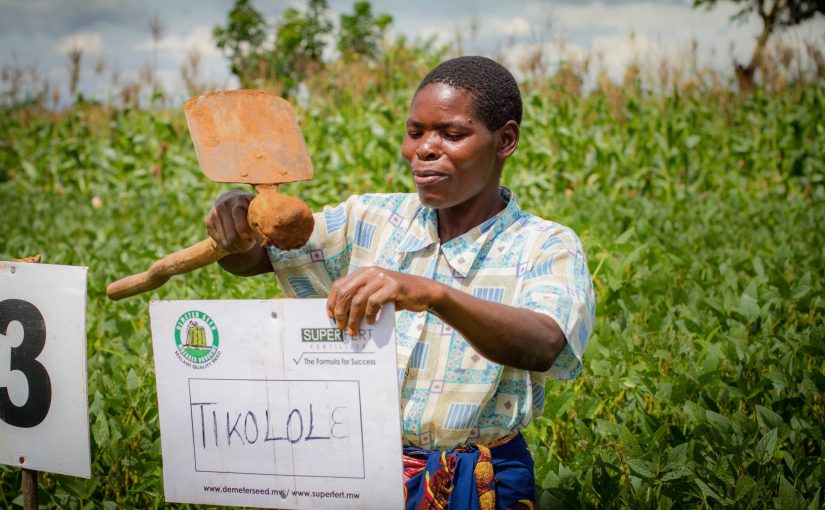One of the Big Questions arising from the Innovation Forum’s conference this week on how business can make smallholder supply chains resilient was: what does the future hold for smallholder farming? While the current trend is for millennials to venture into niche ethical food businesses in the western world, farming is not seen as the ‘sexy’ option for the youth in developing countries. Coupled with the pressure of population growth and shrinking land parcels (small is beautiful .. or maybe not?), could it be that there are some dynamics which will fundamentally alter the shape of smallholder farming in our near future? There were some divided perspectives on whether livelihoods on smaller plots could be sustained by diversification or value addition, as there also were on the importance of productivity. Some MNC buyers felt that “productivity is at the heart of everything”. Representatives from the banking sector also emphasised the need to see better returns on agriculture through improved yields to incentivise investment. However, there were also those that felt assumptions should not be made about increased productivity leading to increased incomes – particularly in crop markets where farmers are at the mercy of price-volatility.
Another theme that resonated with me was that to speak of the world’s 500m+ smallholders as a homogeneous group can lead to some rather misleading generalisations. Each farming family has a different set of challenges – not least the burden of household chores and childcare shouldered by the women which is largely invisible to many (as highlighted in the session on bridging the gender inequality gap). As one multinational pointed out – farmer income from the crop they were purchasing only accounted for 30% of household revenue. Smallholders diversify to survive, and so the most useful support – e.g. through extension and business training – needs to be both broad and context and crop specific. There are some highly effective NGOs operating in this space – but can they find a sustainable delivery model and where should subsidy stop and private sector investment kick in?
Case studies offered by MNC buyers in various sessions showed a common understanding of the commercial need to support smallholders beyond basic transactions. For example, recognising that the greater the vertical engagement with smallholder suppliers, the greater the impact on the whole community – and therefore the more sustainable the supply chain. However, these benefits can be hard to communicate to end consumers and the reality is, as Tom Ellum from Storimarket pointed out, there is more likely to be public sympathy (and a willingness to pay premiums) for the fate of orang utans or Amazonian rainforests than for the welfare of African farmers.
At Smallholdr we see huge inefficiencies in the way many organisations engage with smallholder farmers. Closer vertical engagement requires a deeper understanding of each farming household – and a contemporary (database-driven) data management system is essential to achieve this, particularly given the numbers and geographic and agronomic diversity of the farmers involved. Smallholders could be sharing information about who they are and what they do for their own benefit – for example, enabling extension services bespoke to their unique agronomic needs, providing information to help access credit, and to help offtakers identify who is growing what and improve market linkages. Instead of keeping farmer data in silos, is it possible to build a model whereby a range of value chain actors can share the costs and the returns on collecting and using the data? We think so, we have the technology to make it work, and we hope in future to find partners and a suitable test bed to trial this idea.
